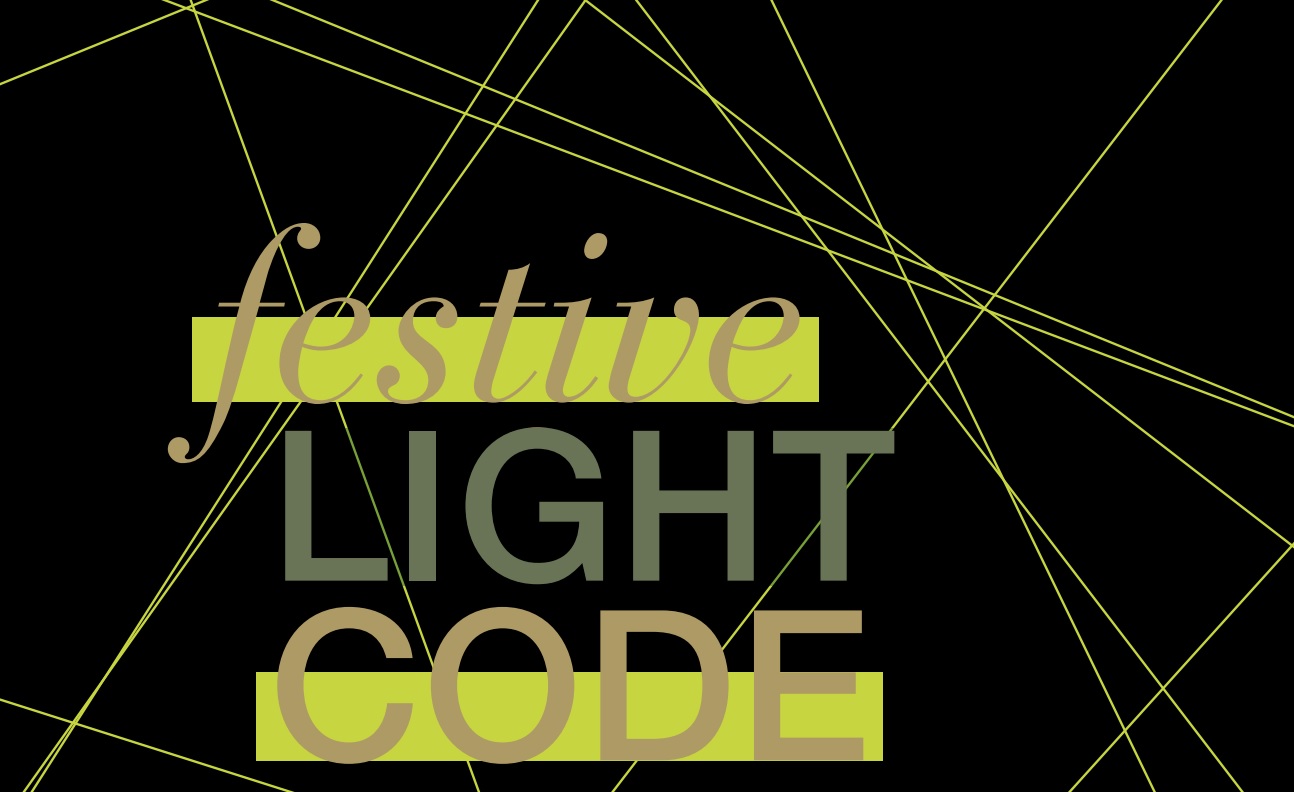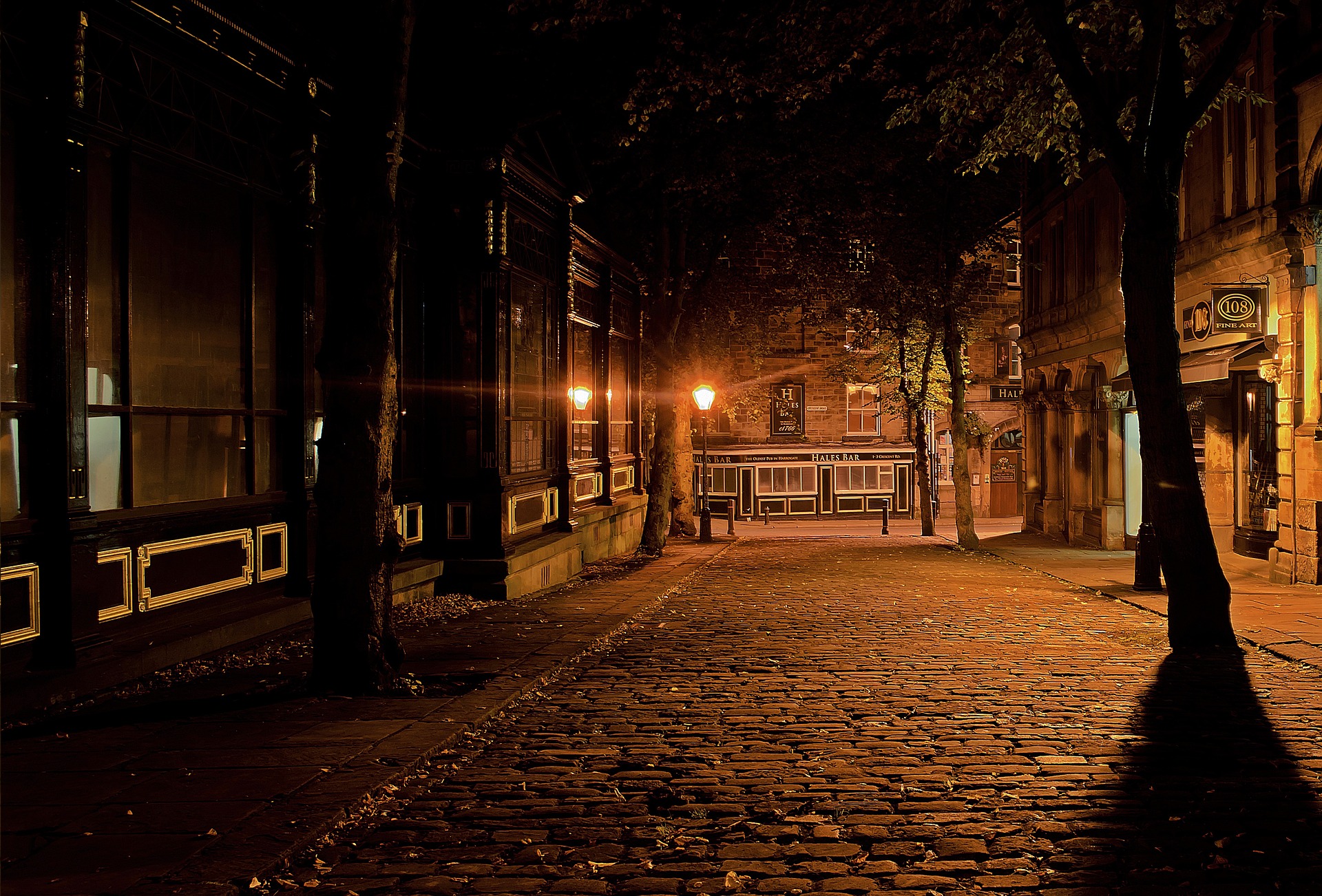Bright side of the night – 2.5.2
Psychological dimensions of light pollution
Joy to the World? – The Festive Light Code helps!
Light has a very positive image among people across borders and cultures. In most celebrations and festivities around the world, light plays a central role. However, it is important to design the festive illumination of a city, street, waterside, or park with care in order to not harm or disturb animals, plants, and the natural world that surrounds us. The Tyrol Competence Centre on Light Pollution and Dark Skies offers a cost-free guide for planners and procurement managers around the world, the Festive Light Code.
Guidance for light planners and procurement teams
The Festive Light Code was developed in a pioneering public-private partnership between the Tyrol Competence Centre on Light Pollution and Dark Skies and the company MK Illumination, a leading global player for festive illumination schemes in cities and parks. According to this open access guidebook, festive light planners are invited to tackle three questions when planning a festive lighting concept for a city, village, park or waterside:
- Where are you planning to install the lighting, how densely populated is this area? In unspoiled or ecologically important natural areas, for instance, artifical lighting should be avoided altogether, while festive schemes are possible in scattered settlements or even urban areas, and of course, indoors.
- When, at what time of the day and year will the lighting appear? The Festive Light Code applies exclusively to festive lighting in winter or during seasons of low ecological activity. All other seasons shall be avoided.
- How will the project be installed, using which kind of technology? LEDs, for example, exhibit a lesser impact on the environment than metal-halide lamps, shielding might be important, and the light colours and brightness make all the difference.
In general, festive light schemes that comply with the Light Code meet some basic local, spatial, technical, time-sensitive, and design requirements. Sustainable festive lighting relies on products with long lifespans, low energy consumption, and a drastic reduction of light pollution.
Fear of the dark, crime and vandalism
As much as we, humans, tend to associate “day”—or light—with “good”, we associate “darkness” with “evil.” This fear of darkness runs very deep. We like to rely on our sense of sight. When it gets dark, we cannot perceive colours. Our vision decreases, and we may feel vulnerable, disoriented and afraid. Hence safety is an important consideration for the use of artificial light, especially in public spaces, e.g. for road traffic safety. While there is no empirical correlation between the use of artificial light and the reduction of violence and vandalism, light clearly boosts people’s perception of safety—not matter how intense the provided lighting is. Many of us feel more comfortable in lit public spaces and are more likely to leave our own homes once such spaces are available.
However, artificial light does not always lead to the desired effect:
- Imagine a secluded, illuminated path at the outskirts of a town. It is easy to use. But those who travel along it are visually trapped in a beam of light. While they are easily visible to others, those who may be observing them remain invisible in the darkness.
- Imagine a building you want to protect from burglary. Contrary to popular marketing messages, outside lighting is not the answer. Rather, it is advised to use a timer combined with economic lighting inside the house. This suggests to potential burglars that someone is in the building.
Does light pollution fog our culture and identity?
Nowadays, we understand that light pollution obscures the stars, and that artificial lights captures our attention and keep our gaze trapped in its haze. We decipher that this contributes to a certain loss of humans’ connection with nature and the environment. However, might light pollution fog our hearts and minds more profoundly? Anthropologists, psychologists, historians and others have yet to research in how far the gradual loss of unspoilt night landscapes impacts human culture, spirituality, and identity-both individually as well as collectively.


Further resources
Links below will redirect you to external websites. In accordance with the European data protection declarations, we would like to point out that by clicking on these links you may send data to external providers. We cannot prevent that.
Videos
![]() Light Pollution 101 | National Geographic
Light Pollution 101 | National Geographic
![]() What is light pollution, and how could you help reducing it? (Dark Ranger)
What is light pollution, and how could you help reducing it? (Dark Ranger)
![]() The strange scourge of light pollution
The strange scourge of light pollution
![]() What is light pollution and how does it hurt our planet
What is light pollution and how does it hurt our planet
 Losing the Dark – Verlust unserer Nacht (IDA)
Losing the Dark – Verlust unserer Nacht (IDA)
 Licht in der Nacht: Die Folgen der Lichtverschmutzung für Mensch und Tier | Doku | DokThema | BR (IDA)
Licht in der Nacht: Die Folgen der Lichtverschmutzung für Mensch und Tier | Doku | DokThema | BR (IDA)
Online resources
![]()
 The influence of light pollution on human beings (Helle Not)
The influence of light pollution on human beings (Helle Not)
![]()
 Verlust der Nacht / Loss of the Night: Interdisciplinary Research network
Verlust der Nacht / Loss of the Night: Interdisciplinary Research network
![]() Article: Perceptions of Night-Time Safety: Women and Girls
Article: Perceptions of Night-Time Safety: Women and Girls
 Article: Light, crime and Safety (IDA)
Article: Light, crime and Safety (IDA)
Further readings
![]()
 Regularly updated Literature and links with regards to light pollution and dark skies (Helle Not)
Regularly updated Literature and links with regards to light pollution and dark skies (Helle Not)
![]()
 Literature & Links on the website “Verlust der Nacht/Loss of the Night”
Literature & Links on the website “Verlust der Nacht/Loss of the Night”
Teaching Materials
![]()
 Teaching Material Kit on Light Pollution in 4 Languages (English, Spanish, German, Portuguese) (Stars4all)
Teaching Material Kit on Light Pollution in 4 Languages (English, Spanish, German, Portuguese) (Stars4all)
![]() Word Games and a Light Pollution Quiz
Word Games and a Light Pollution Quiz
![]() Teaching material on light pollution in English and Spanish (Streetspectra)
Teaching material on light pollution in English and Spanish (Streetspectra)
For Kids
![]()
 Materials for young scientists: Quiz, Arts and craft corner, App and Exhibition for schools. (Loss of the Night network)
Materials for young scientists: Quiz, Arts and craft corner, App and Exhibition for schools. (Loss of the Night network)
 Unterrichtsmaterialien für Schulen – “Lichtverschmutzung” (Die Umweltberatung)
Unterrichtsmaterialien für Schulen – “Lichtverschmutzung” (Die Umweltberatung)
 Wissens- und Methodenbox „Kunstlicht, Nacht und Sternenhimmel“ (Naturfreunde)
Wissens- und Methodenbox „Kunstlicht, Nacht und Sternenhimmel“ (Naturfreunde)
